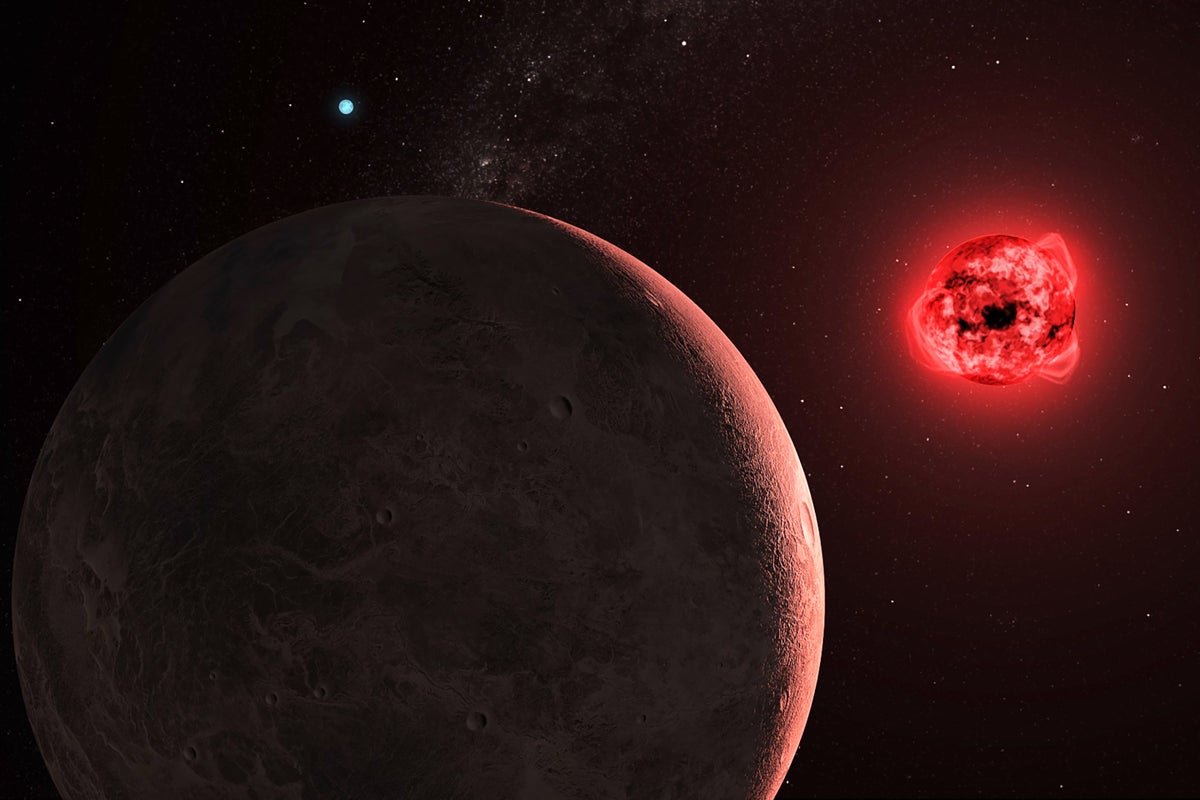Now Reading: How Many Planets Orbit Our Closest Neighboring Star?
1
-
01
How Many Planets Orbit Our Closest Neighboring Star?
How Many Planets Orbit Our Closest Neighboring Star?

Swift Summary:
- NIRPS (Near-infrared Planet Searcher) is advancing the search for Earth-like planets around red dwarf stars, using high-precision measurements in near-infrared wavelengths.
- Red dwarfs, or M dwarfs, are abundant and long-lived stars but are smaller and dimmer than other types, making their planets harder to detect.
- NIRPS uses the radial velocity method, detecting tiny gravitational impacts on a star’s motion caused by orbiting planets. This approach enables sub-meter-per-second precision in infrared light.
- In its recent observations of Proxima Centauri (4.2 light-years away), NIRPS confirmed the existence of two planets-Proxima Centauri b (in the habitable zone) and Proxima Centauri d-and refuted claims about another planet called Proxima Centauri c.
- NIRPS works alongside optical spectrographs like HARPS at La Silla observatory.Combined with transit detection methods, they contribute substantially to verifying exoplanet candidates and refining planetary details such as mass and composition.
- Beyond immediate discoveries, instruments like NIRPS help identify targets for atmospheric studies by facilities such as NASA’s James Webb Space Telescope or future telescopes like ELT and ANDES.
Stay Informed With the Latest & Most Important News
Previous Post
Next Post
Loading Next Post...
























